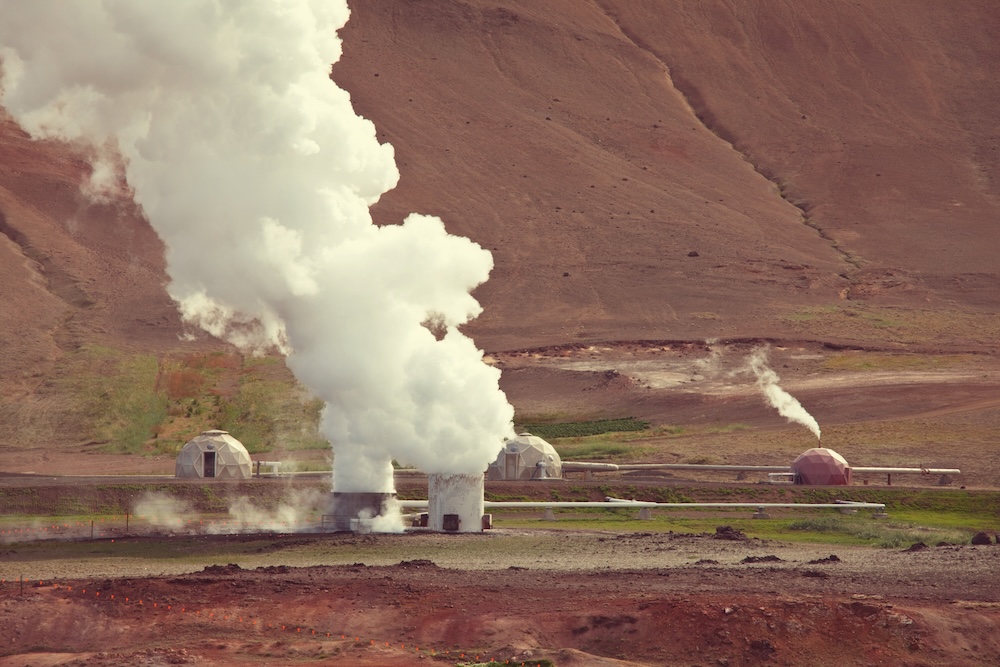Geothermal energy—heat drawn from deep within the Earth—is often championed as one of the cleanest and most reliable forms of renewable power. By harnessing naturally occurring heat from beneath the surface, geothermal plants can generate electricity or provide direct heating with minimal carbon emissions. However, like all energy sources, geothermal power comes with both benefits and challenges that deserve careful consideration.
This article explores the environmental impact of geothermal energy, including its advantages, potential downsides, and ways to minimize those impacts.
What Is Geothermal Energy?
Geothermal energy comes from the natural heat stored within the Earth’s crust, generated by the slow decay of radioactive elements and the residual heat from our planet’s formation. Power plants tap into this energy by drilling wells to access hot water or steam reservoirs. The steam drives turbines to produce electricity, while in direct-use systems, the hot water itself can heat buildings, greenhouses, or industrial facilities.
Because the Earth’s heat is continuously replenished, geothermal energy is considered a renewable and sustainable resource.
Positive Environmental Benefits
1. Minimal Greenhouse Gas Emissions
Geothermal plants produce only a fraction of the carbon dioxide emitted by coal or natural gas facilities. According to the U.S. Department of Energy, emissions can be up to 97% lower compared to fossil fuels.
2. Small Land Footprint
Unlike large solar farms or wind installations, geothermal plants require relatively little surface space, making them a good fit for locations where land is limited.
3. Steady and Reliable Power Supply
Geothermal energy is available 24/7, unaffected by weather or daylight conditions. This stability makes it a valuable complement to intermittent renewable sources like wind and solar.
4. Long-Term Resource Sustainability
When managed correctly, geothermal reservoirs can provide energy for decades—sometimes centuries—without depletion.
Potential Environmental Challenges
1. Induced Seismic Activity
The process of injecting or extracting fluids from deep underground can, in some cases, trigger small earthquakes. These events are typically minor but require monitoring to protect communities near geothermal projects.
2. Localized Greenhouse Gas Releases
Some geothermal reservoirs contain naturally occurring gases like carbon dioxide, hydrogen sulfide, or methane, which can be released during energy production. While these emissions are far lower than fossil fuel plants, they still require management.
3. Water Usage and Contamination Risks
Geothermal plants often use significant amounts of water for cooling or reinjection. If not properly handled, geothermal fluids containing dissolved minerals could contaminate nearby water sources.
4. Habitat Disruption
Drilling and infrastructure can disturb sensitive ecosystems, especially in geologically active areas that may also be home to unique wildlife.
How to Mitigate the Environmental Impact
1. Rigorous Environmental Assessments
Before development, detailed environmental impact studies can identify risks and guide plant design to minimize harm.
2. Closed-Loop Systems
Many modern geothermal plants use closed-loop technology, which re-injects fluids back into the reservoir, reducing emissions and maintaining pressure.
3. Gas Capture Technology
Advanced scrubbing systems can capture and neutralize hydrogen sulfide and other gases before they are released.
4. Responsible Siting and Land Use
Locating plants in areas with minimal ecological sensitivity helps avoid unnecessary disruption.
5. Continuous Monitoring
Real-time seismic and environmental monitoring ensures that changes in underground conditions or emissions are detected early.
The Bottom Line
Geothermal energy offers an impressive combination of low emissions, reliability, and long-term sustainability. While it is not without its environmental risks—such as induced seismicity, localized emissions, and potential water impacts—these can be greatly reduced with modern technology, thoughtful site selection, and strong regulatory oversight.
As the world transitions away from fossil fuels, geothermal energy has the potential to play a significant role in creating a stable, low-carbon energy grid. The challenge lies in ensuring that development is guided by science, sustainability, and long-term stewardship of the Earth’s resources.









Reader Interactions